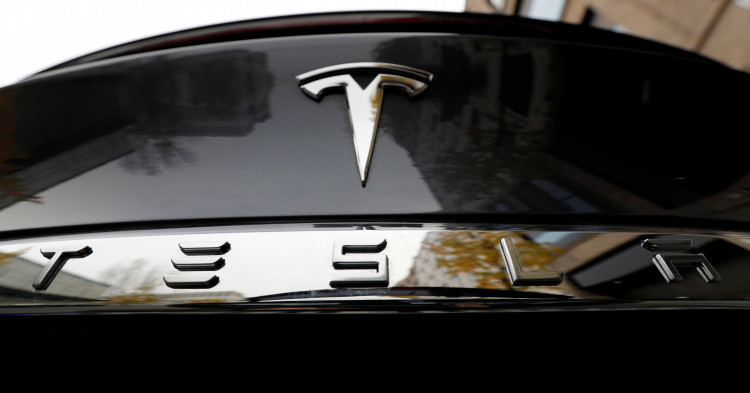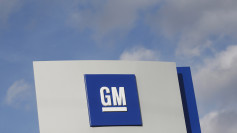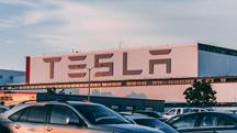Tesla's goal over the next two years is to increase its electric vehicle production capacity and the same goes for the company's battery initiatives, which will lead to a capital expenditure of around $12 billion. From the investment plan released by the automaker, the projects already on the pipeline will amount to spending of up to $6 billion per year.
Tesla's latest SEC filing revealed that the planned spending in 2021 and 2022 will hover between $4.5 billion and a maximum of $6 billion. The money will be used to fund the completion of giant manufacturing facilities, the ongoing development of new battery technologies, and other key innovations.
On this, the Gigafactory in Berlin, Germany and Austin, Texas will get the bulk of the planned CAPEX. It is expected as well that Tesla intends to infuse more cash in perfecting the Solar Roof project, which according to Elon Musk will be his company's next killer product starting in 2021.
Tesla described its spending plan as flexible, which means that the money earmarked will be used on projects that will allow the company to achieve its targeted production capacity. The company indicated there will be adjustments along the way, and that translates to the possible use of funds to the end goal of producing more EVs, coming up with better batteries, and the full deployment of Solar Roof.
The good thing about Tesla's CAPEX plan is that investment requires no or little borrowing, according to CNET, although that will depend on the automaker's sales performance in the fiscal years covered.
"We expect our ability to be self-funding to continue as long as macroeconomic factors support current trends in our sales," Tesla was reported as saying.
Basing on the plan, it can be deduced that Tesla's Gigafactories in Germany and the United States will be up and running in 2022 and the promised new EVs should be rolling out in the same year. Musk has been saying that the Model Y SUV and the Cybertruck will be coming out of these facilities, which should indicate that these vehicles are ready to rock the roads in Europe and America in the same year.
Of note, CNET said none of the Berlin and Austin Gigafactories were mentioned to take charge of the mass production of the Roadster and the Tesla Semi. It might be an oversight but it could also mean that the release dates for these EVs remain unsettled.
In any case, Electrek welcomed Tesla's aim of boosting production by spending billions. The effort is seen to accelerate the company's production capacity to two million EVS, hopefully starting in 2023.
If the plan will proceed smoothly, Tesla will be in a strong position to accelerate the transition from conventional to electric vehicles, and the same report noted this is a reality that could start shaping up over the next two to three years.
Again, the automaker is gaining a significant head start from rival players, whose timeline for the same effort will only begin lining up in 2025 or later.




